Over the weekend, we were hanging out with the local cartooning scene, and the locals were buzzing about last week’s surprise news that The Museum of Comics and Cartoon Art was transferring all of its holdings and activities to the Society of Illustrators, a more venerable New York institution that spotlights already–recognized greats like Leyendecker and Rockwell. While there was much speculation, a MoCCA insider told us that they would not be involved with the new entity, as it had been transferred in total to SoI. What we’re looking at is an entirely new operation, in effect.
If the transfer has removed New York City’s only dedicated comics exhibit space and social center, the new home is definitely a landmark in its own right. The Society of Illustrators itself goes back over a hundred years, and has seen all the greats from Gibson to Rockwell to Peak to Crumb come through its doors—doors of a midtown building which was once a carriage house for legendary kazillionaire J. P. Morgan. The differing paths of the comics and illustration worlds is perhaps shown by the operating budgets of both institutions—SoI’s is $1.3 million; MoCCA’s was $300,000.
With all that in mind, we called Society of Illustrators director Anelle Miller to ask her a few questions about how the new entity would run—and how the MoCCA Fest, subject of some recent criticism over pricing and other matters, would fit into things. Miller was eager to talk and answered all questions forthrightly. Miller has been director of the Society of Illustrators for five years, and already has been including much more comics-related programming in the organization’s activities in that time.
She explained that the transfer had come together very quickly. MoCCA president Ellen Abramowitz contacted her about a month ago. From there it all worked out swiftly. “I think there’s a number of benefits,” she says when asked why it made sense for SoI. “We are an established organization that has a wonderful staff and we really run as a professional museum. I saw this as an extension of what we already do.”
As for how MoCCA will be manifested at SoI, perhaps most pressingly, a permanent exhibit centered around comics and cartoon art from the MoCCA holdings will be set up on the second floor gallery of SoI’s midtown HQ. The third floor, which houses the Society’s own permanent collection as well as a bar, restaurant and outdoor deck, will house rotating curated exhibits, Miller told us. Comics-themed exhibits here will be supplemented with art from SoI’s own extensive holdings by artists who crossed the lines of comics and illustration. “I think this is going to be a way of uniting them,” Miller says of the two disciplines. “What’s going to be even more of a plus is people who have maybe been only been familiar with comics and cartoon art will have their eyes opened to some of the unbelievable historic works that are in our collection. When you stand in front of a Leyendecker or a Flagg or a Rockwell, it’s a great experience.”
Events once planned to run at MoCCA will be transferred to their new home, starting in September with an anatomy for cartoonists class taught by R. Sikoryak and Kriota Willburg, which will run on five Thursdays starting on September 6th. Danny Fingeroth, who consulted on much of the original MoCCA, has been helping port it over to the new institution. Miller notes that because of its multi-floor set-up, the Society of Illustrators is able to hold more than one event at a time. She expects SOI programming to be about 25% comics oriented.
The first big comics-themed art exhibit under the new set-up at SoI is March’s Harvey Kurtzman exhibit, curated by Blab’s Monte Beauchamp. This exhibit was planned prior to the transfer.
Perhaps the most contentious matter for the new SoI/MoCCA is the MoCCA Fest, which is held every spring at the Armory and has become a vital part of the indie comics circuit. The show was previously held as a fundraiser for the MoCCA museum space, and although it drew cartoonists from all over the world, the cost of a table to exhibit has been steadily increasing, drawing concerns. Asked about how they would handle the show, Miller said that she was not familiar enough yet with MoCCA’s financials and a thorough look at the costs of running the show is on her to do list. “It’s an interesting question. The way I would look at it is how [the show] fits in for us. When you put on a festival like this you do want to generate a bit of revenues—you don’t want it to be a losing proposition. I’ve seen rough numbers in terms of the expense of the show, and it’s not inexpensive in terms of renting the Armory and insurance and so on.”
While looking at all the numbers will determine what will be an appropriate booth cost, Miller did say that the MoCCA Fest “would not be positioned as the Society’s only source of income. Fortunately, we have sources of income from a variety of places. It’s something I’m going to take a look at.”
While even a few minutes talking to Miller reveal she’s energetic and pragmatic, we were curious as to whether she was prepared to deal with the level of scrutiny and attention that comes with just about any job in the comics world—even kids who are still in school expect to be treated a certain way and they’re very vocal about it. You don’t see this level of participation in many fields. Miller, who went to school to study illustration, started adding comic programming when she came on board as part of a move to revitalize the Society and bring in young audiences. “We’ve been quite successful with it,” she says. “Some of the exhibits that we did over the last couple of years, have drawn a tremendously different crowd—the fashion illustration show, the Blab show, which Monte Beauchamp curated, and the Crumb Show, which was amazing. All of these exhibits started to bring new different crowds.” Miller has continued sketch nights, including the comics-theme Dare-2-Draw sketch class, and instituted events from a film series to happy hours.
Still, the comics world comes with its own rules and boundaries. Miller hopes that the dialog will be a healthy one. “I was an illustration major, and that was and still is my passion. If you’re not passionate about it, you shouldn’t be involved. And when you are passionate you have an opinion. And good, bad, or indifferent you need to be open to comment and criticisms and praise and all that goes along with it. I will be as open and honest with people as I can be. I have no secrets and hidden agenda here. We are really open here at the Society and inclusive.” She hopes the mingling of comics and illustration will only broaden everyone’s horizons. “There’ shouldn’t be boundaries in the illustration community. It’s all interconnected, and you should be inspired by so many different things.”
The Society is holding an open Happy Hour on Wednesday, August 15th, the same night as a Dare 2 Draw is being held in a different gallery. Miller invites those who are curious to come and hang out and see what the Society of Illustrators is all about.



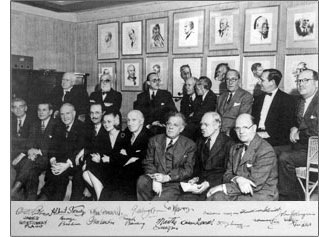
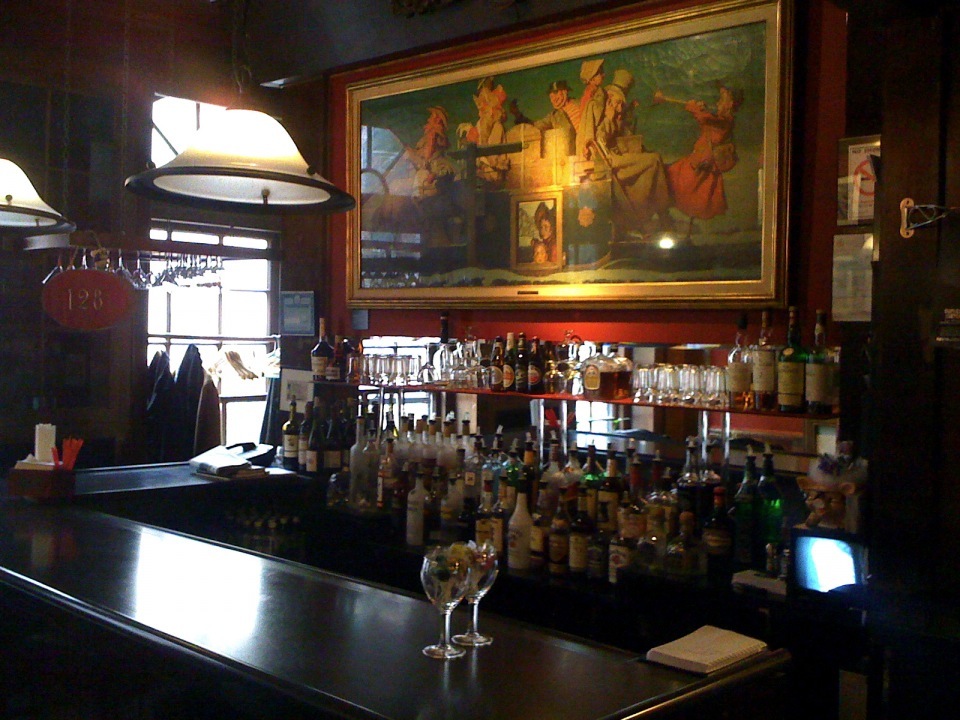
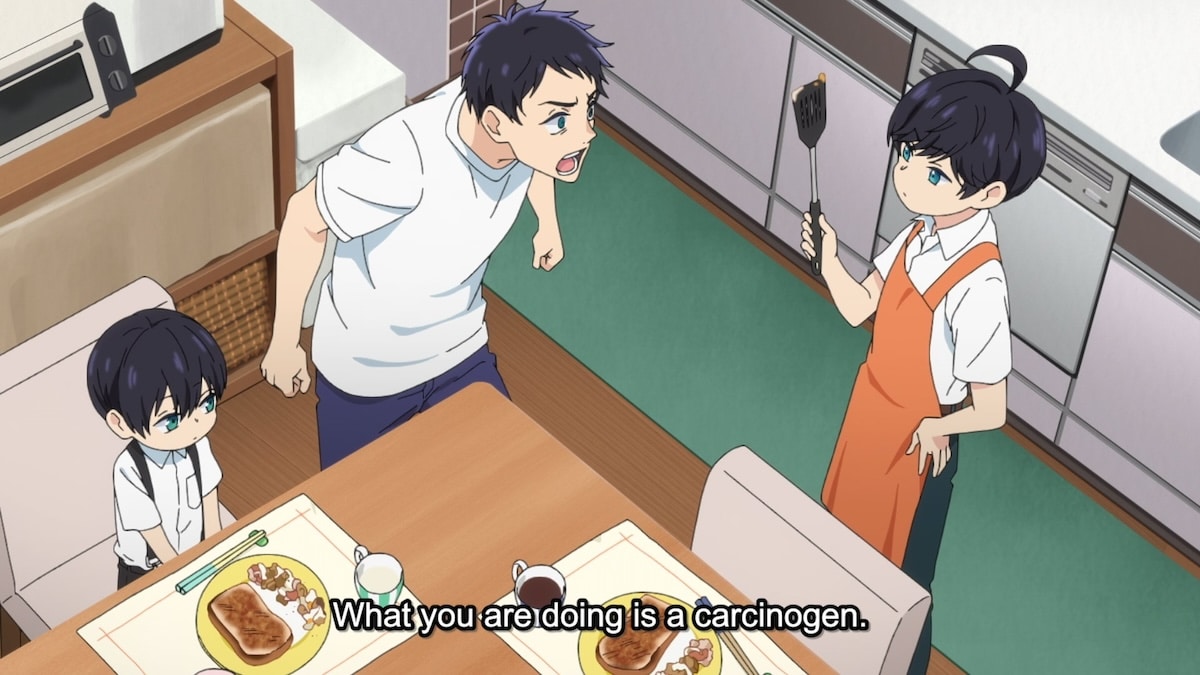
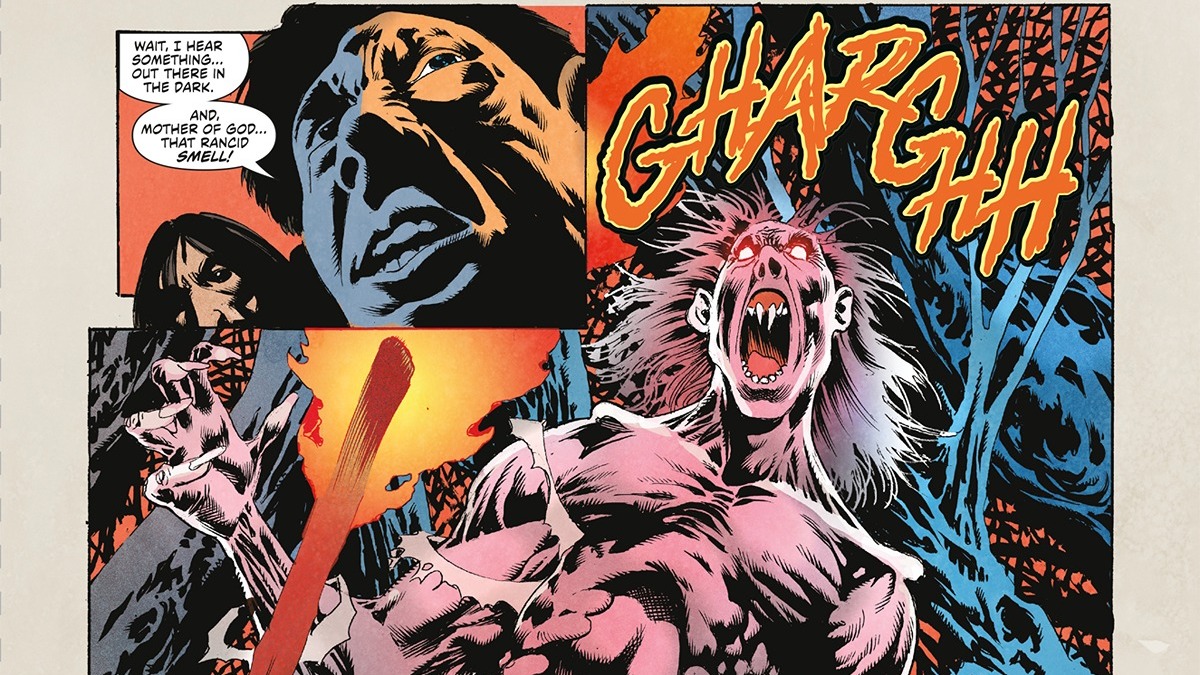
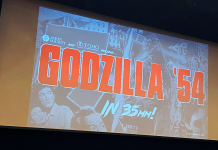




For what it’s worth, Anelle has been involved in one of my comics-related projects, and she was extremely helpful, warm, and enthusiastic about it. I don’t think there will be bad blood between comics vs. illustration–at least, not on Anelle’s part.
I’m really encouraged reading this. I generally feel better about people who don’t give a flowery answer for tough questions. An “I don’t know yet” is often better than a “we’re going to announce plans soon!”
I’m really hoping MoCCA sees better days.
I would love a fully stocked bar at MoCCA Fest!
(Wait, did I say that out loud?)
Any word about membership? Will those still be in effect and can people still become members?
Here’s the info about the Anatomy For Cartoonists class mentioned, above: http://kriotawelt.blogspot.com/2012/08/anatomy-for-cartoonists-workshop.html